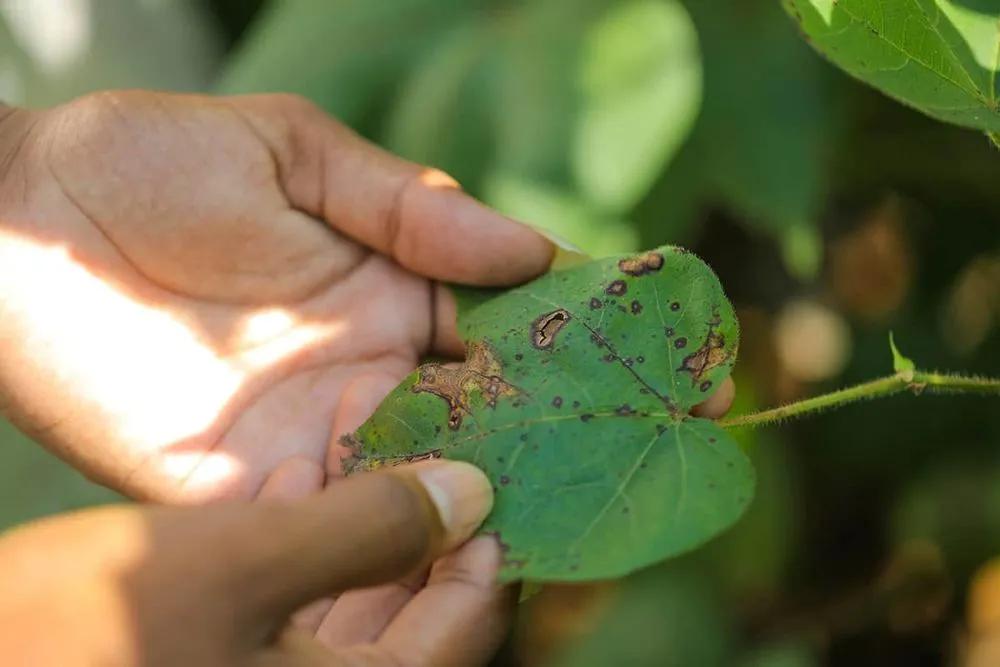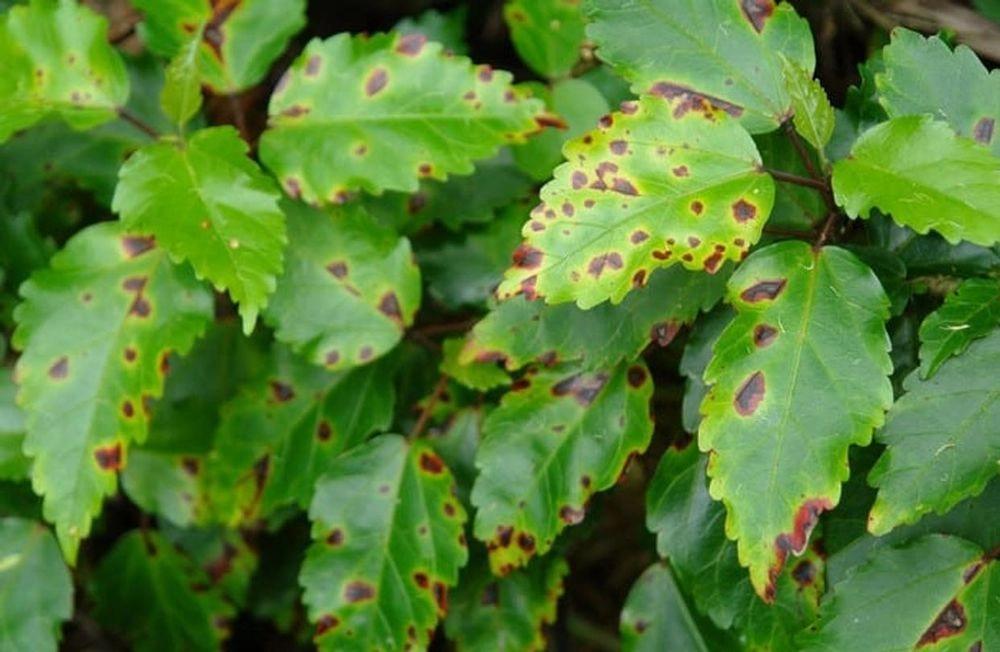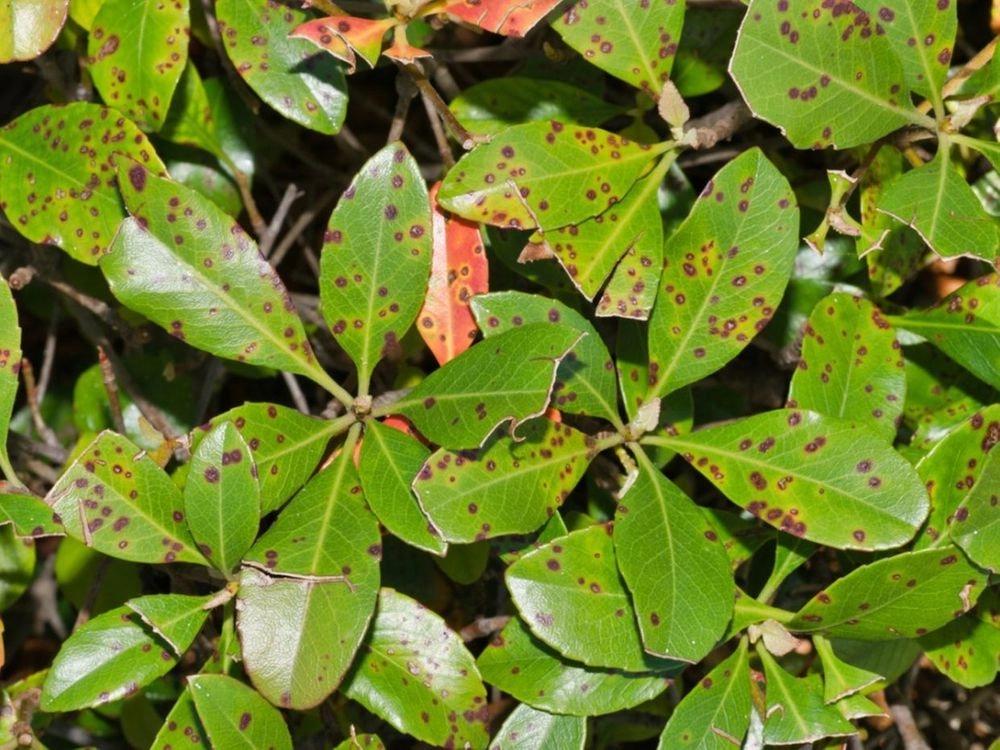Bacteria is a vast domain that encapsulates a type of biological cell and also the common name for the species included in that domain. Bacteria are present in most ecosystems and in many symbiotic and parasitic relationships with animals and plants. Life truly depends on bacteria to survive, but such a large group also comprises harmful pathogenic bacteria that affect humans, animals, and plants. Bacteria will also have different types of relationships depending on their host.
Infections usually start with fewer infected cells, but colonization is fast, and higher population levels are easily reached. In nature, bacteria are important for nutrient recycling, but in pathogenic relationships with plants, they'll interfere with nutrient transport, causing alterations in internal programming and affecting normal plant development. Generally, bacteria are more common in higher temperatures and high humidity.
Bacteria



Signs of damage
- Leaf spotting and wilting.
- Leaf burning and scorching that doesn't come from sun exposure.
- Tissue necrosis.
- Fruit spotting.
- Abnormal root and stem growth.
- Rotting. Rotting will affect mainly the roots but can also spread to other plant parts.
- Stunted growth.
- Deterioration of tissue after harvest.
- Weakening. Plants will become weaker and more susceptible to pathogens and damage.
How to prevent
Bacteria are difficult to control, so it's important to follow preventive strategies.
Choose healthy seeds and plants and quarantine new plants before introducing them to the environment to avoid crossed contamination. Assure plants' overall resistance will good care practices, catered to each plant's specific needs. Maintain the areas clean and tool sanitized. Remove infected material, preferably by burning it and sterilizing infected soil.
Crop rotation might also help prevent some types of bacteria, but only those with a restricted range of hosts.
Heal
Cooper compounds, fungicides, and antibiotics are known for helping to control bacterial spreads, although chemical control is not too effective and can sometimes be completely ineffective. This means it should always be paired with unfavorable spread conditions by employing prevention tactics.
Go Premium to continue reading
Also you’ll get unlimited access to disease identification and all the other beneficial features
More problems
